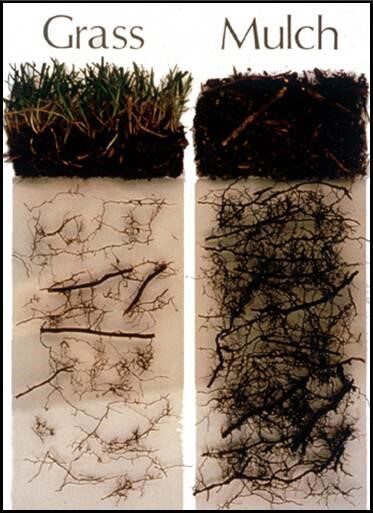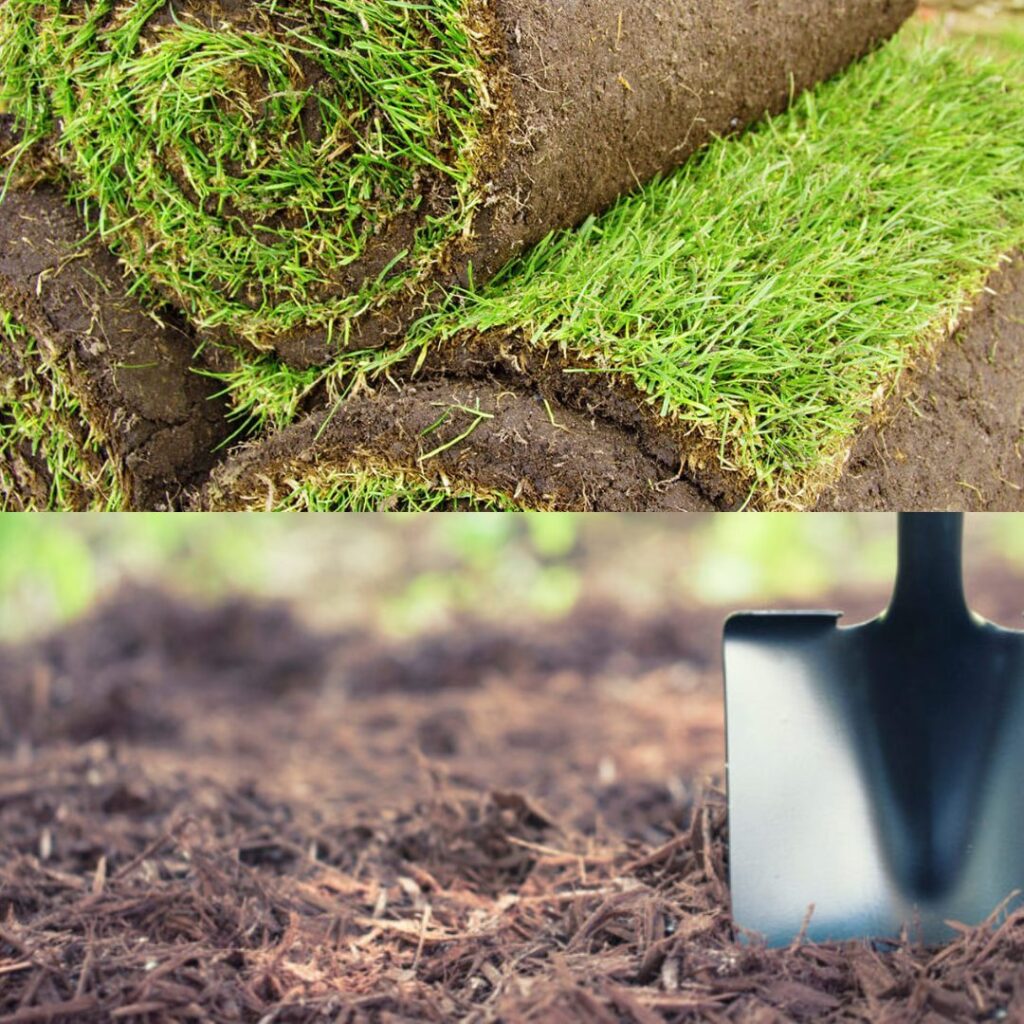In our urban forest, we see a variety of environments in which our trees are growing. Often, arborists will look to the quality of the soil to determine how well a tree will do in a space. Soil influences so much; it is one of the first places arborists look when considering the health of a developing tree, or when considering a planting site for a new tree. Issues like high clay content, low pH, and low organic matter contribute to creating a very challenging environment for a tree to grow and thrive. Root growth is so paramount to tree health that we cannot think about tree health without considering what is going on underground.
The Challenge of Urban Soils:
In our urban soils, the best soil for root development is typically within the top 12 inches of soil. Below that, most urban environments transition into harder clay soils that are less favorable for tree root growth. It becomes vital that those top 12 inches are as ideal as possible for tree growth and health. Unfortunately, those top 12 inches of soil are also commonly occupied by turf grass roots. When planting a new tree, or when optimizing conditions for a mature tree, we have the options of mulch or grass. Which one will better help your tree grow and stay healthy?
Turf Grass – A Formidable Foe:
Turf grass is a big part of our urban ecosystems, and it’s common for property owners to grow turf to the trunk of their landscape trees. Turf grass roots are vigorous growing and are a source of competition for other roots in the soil system, including tree roots. Turf grass is competing for air, nutrition, and water against an establishing or mature tree. Sometimes grass roots can be so vigorous that they will prevent tree root growth. Studies have shown turf grass roots can drastically reduce the amount of tree roots present in the top layer of soil by as much as 90 percent! Those tree roots also struggle to grow deeper because of the less habitable urban soil below that top 12 inches. Essentially, the tree roots are stuck between a rock and a hard place with nowhere to go.

Mulch – A Tree’s Ally Underground:
A tree with restricted roots due to competition from turf grass and compaction from heavy clay soil will be less vigorous and much slower growing. This lack of vigor in the tree, induced by the lack of healthy root growth, leaves the tree open to more pests and diseases. On the other hand, mulch is an extraordinarily effective and cheap soil conditioner. Mulch replicates the soils of a forested environment. Mulch helps mediate temperature and moisture in the soil, and encourages decomposers which will help de-compact soil. The benefits of mulch are outstanding in comparison to turf grass. When it comes to the health and growth of your trees, mulch is the clear winner when compared to turf grass. We recommend a mulch ring at least 3 feet from the trunk of a mature tree, applied properly to ensure the root flare is not covered.
In the constant struggle for space beneath the soil surface, the choice between mulch and grass emerges as a pivotal decision in nurturing healthy trees in urban environments. While turf grass poses frightening challenges to tree root development, mulch stands out as an effective and economical solution for creating an environment conducive to robust tree growth. For arborists and property owners alike, the message is clear: mulch is the key to unlocking the full potential of our urban trees, ensuring a flourishing canopy for generations to come. If you’re seeking expert guidance on tree care and maintenance, contact Homer Tree Care today and embark on a journey towards a greener, healthier urban landscape.

